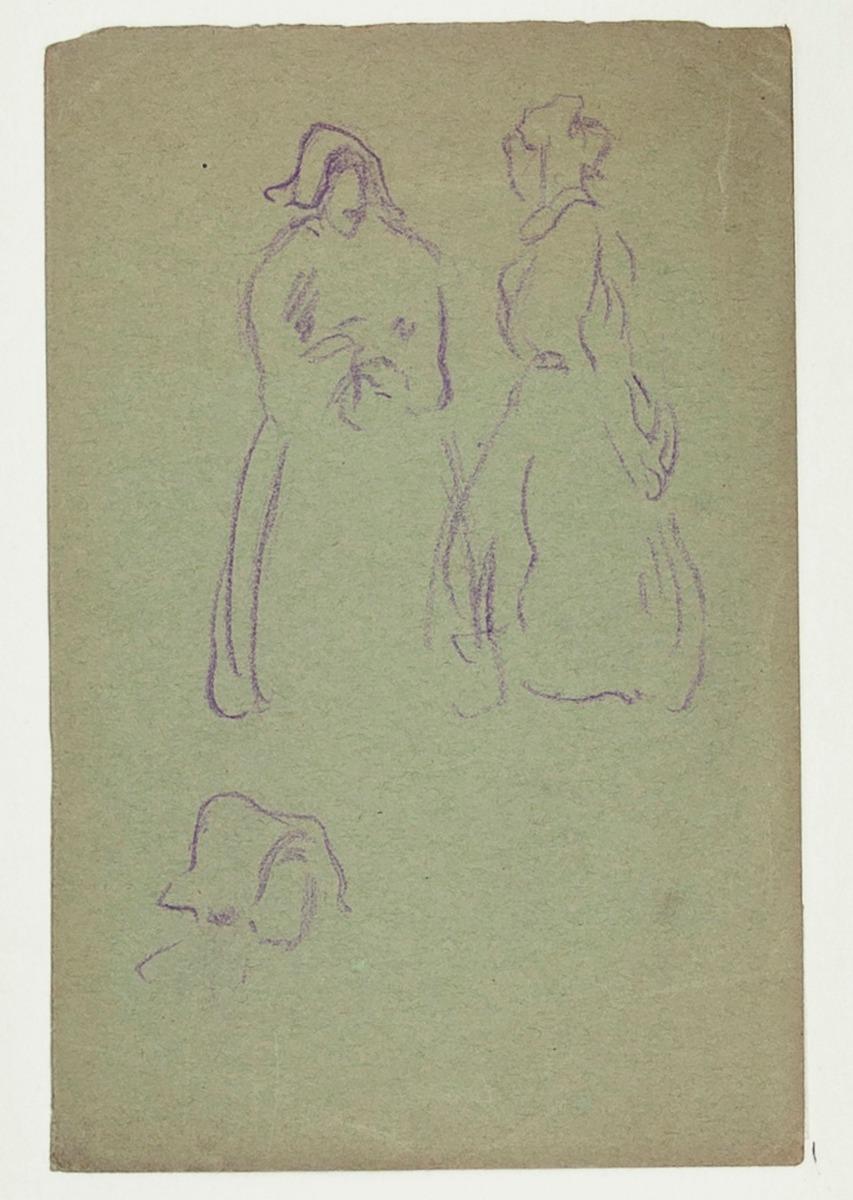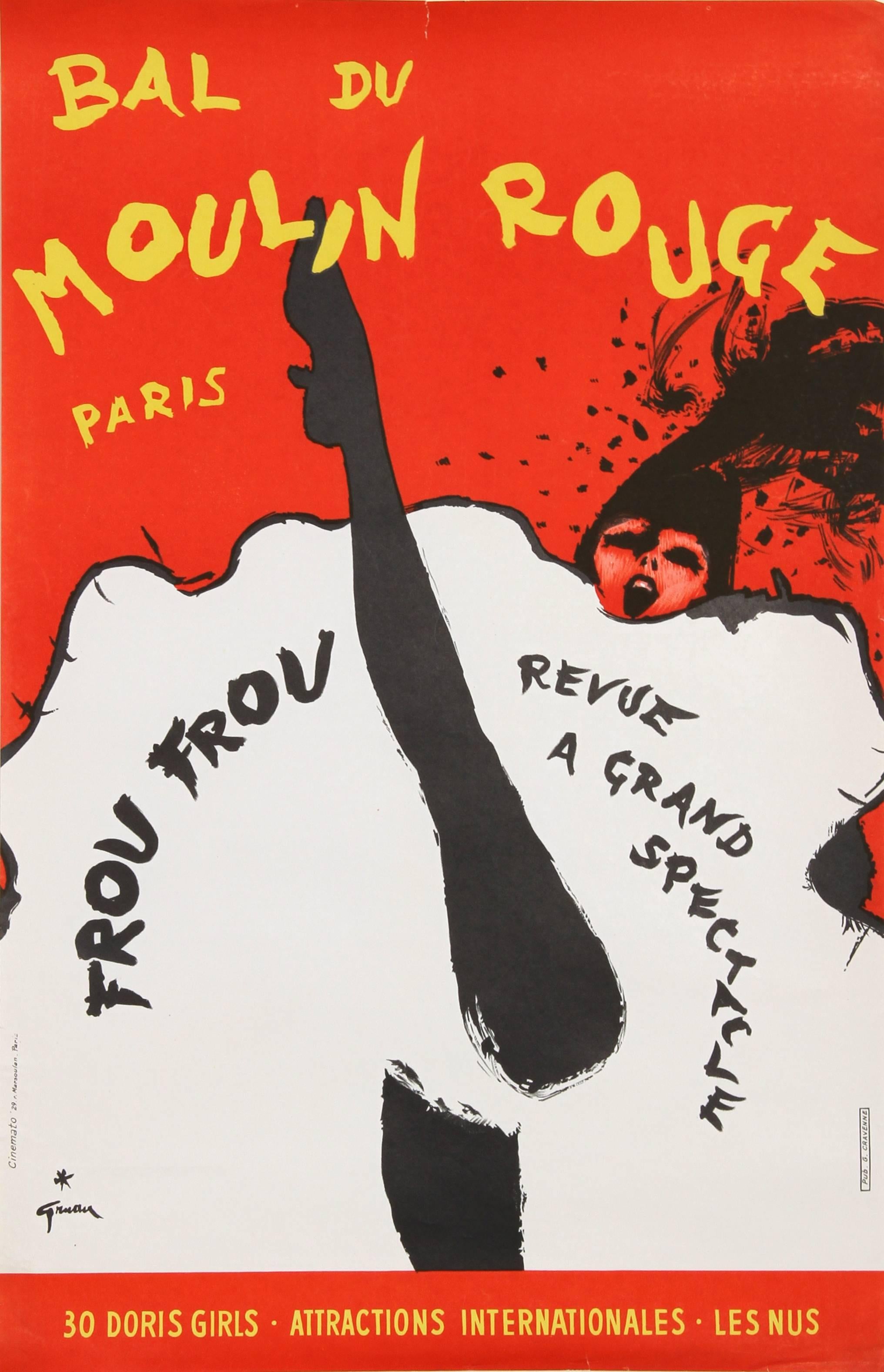Owen MillerOriginal Poster: Lancaster Bomber WW2 RAF Aeroplane Owen Millerc. 1943
c. 1943
About the Item
- Creator:Owen Miller (British)
- Creation Year:c. 1943
- Dimensions:Height: 29.53 in (75 cm)Width: 19.3 in (49 cm)
- Medium:
- Movement & Style:
- Period:
- Condition:Generally excellent, slight edge wear, folds as issued.
- Gallery Location:London, GB
- Reference Number:1stDibs: LU79539113592
Owen Miller
Born in Auckland and educated at Wellington College, Owen Miller worked as an artist in New Zealand, working with the Māori people and as an illustrator for a newspaper in Wellington. Finding working life difficult in New Zealand during the depression, he signed on as a deckhand working his passage to the UK. Arriving at the Port of London with £5 to his name, Miller’s first job was an illustrator for J. Lyons & Co., the famous Corner House company. His greatest work there was to decorate the directors’ dining room as an aircraft interior. Following the outbreak of the War, Miller began to work for the Ministry of Aircraft Production in late 1942. When Lord Beaverbrook commenced his term as Minister of Aircraft Production in May 1940, it was an industry beset with problems. Aircraft parts were produced in sufficient numbers, but assembly into flyable aircraft proved more challenging, the Castle Bromwich Spitfire factory had not produced a single completed aircraft by this point. Moreover, the RAF central depots had large supplies of aircraft that had not been issued to squadrons. Once this was all brought under Beaverbrook’s control, aircraft production increased rapidly. During the Battle of Britain, the British production of fighter aircraft was two-and-a-half times that of Germany. Britain had 644 operable fighters at the start of July 1940 when the Battle of Britain began against the German 725. By the end of October 1940, when the German offensive finished, British fighter aircraft had despite significant losses increased to 732 while the Germans were left with just 275. To achieve this great productivity increase, the Ministry was run on informal grounds, few notes were kept, staff members had few formal roles. Essential to the success were motivational posters in the aircraft factories, such as those produced by Miller for the Bayly-Souster commercial art studio in Fleet Street in London for whom he worked. Life as an artist dreaming up fantasy motivational posters could have hidden risks. One poster Miller produced was a stylized airplane without a propeller. Needless to say, the jet engine was Top Secret at that time and he was duly summoned to explain what he knew of it, of course, the answer was nothing. Following the war, he worked for National Savings, while also selling his art both sculpture and paintings.
- ShippingRetrieving quote...Ships From: London, United Kingdom
- Return PolicyA return for this item may be initiated within 14 days of delivery.
- 1943 Royal Air Force DH Mosquito aeroplane recognition poster pub. US NavyLocated in London, GBTo see our other original vintage propaganda posters, scroll down to "More from this Seller" and below it click on "See all from this Seller" - or send us a message if you cannot fin...Category
1940s Modern More Prints
MaterialsLithograph
- Don't be Fuel-ish original vintage poster by HM Bateman WW2 Home FrontBy Henry Mayo BatemanLocated in London, GBTo see our other original vintage public information posters, scroll down to "More from this Seller" and below it click on "See all from this seller" - or send us a message if you ca...Category
1940s Modern More Prints
MaterialsLithograph
- Save Fuel for Battle original vintage poster by HM Bateman WW2 Home FrontBy Henry Mayo BatemanLocated in London, GBTo see our other original vintage public information posters, scroll down to "More from this Seller" and below it click on "See all from this seller" - or send us a message if you ca...Category
1940s Modern More Prints
MaterialsLithograph
- Don’t leave it all to your fuel watcher Original Vintage Poster WW2 Home FrontLocated in London, GBTo see our other original vintage public information posters, scroll down to "More from this Seller" and below it click on "See all from this seller" - or send us a message if you ca...Category
1940s Modern More Prints
MaterialsLithograph
- Don't be Fuel-ish original vintage poster by HM Bateman WW2 Home FrontBy Henry Mayo BatemanLocated in London, GBTo see our other original vintage public information posters, scroll down to "More from this Seller" and below it click on "See all from this seller" - or send us a message if you ca...Category
1940s Modern More Prints
MaterialsLithograph
- Don't be Fuel-ish original vintage poster by HM Bateman WW2 Home FrontBy Henry Mayo BatemanLocated in London, GBTo see our other original vintage public information posters, scroll down to "More from this Seller" and below it click on "See all from this seller" - or send us a message if you ca...Category
1940s Modern More Prints
MaterialsLithograph
- "Bal du Moulin Rouge, Paris (Frou Frou)" Lithograph Poster by Rene GruauBy René GruauLocated in Long Island City, NYArtist: Rene Gruau, Italian (1909 - 2004) Title: Bal du Moulin Rouge, Paris (Frou Frou) Medium: Lithograph Poster Size: 23 in. x 15 in. (58.42 cm x 38.1 cm)Category
1960s Modern More Prints
MaterialsLithograph
- Figures - Pastel Drawing by Pierre Léon DusouchetLocated in Roma, ITFigures is an original artwork in pastel realized by Pierre Léon Dusouchet in the late 19th Century. The state of preservation is good. The artwork represents mastery in delicate a...Category
Late 19th Century Modern More Prints
MaterialsLithograph, Pastel
- Original Inter-europäische Zusammenarbeit für bessere Lebensbedingungen posterLocated in Spokane, WAOriginal. ERP European Reunification Program, Inter-europaische Zusammenarbeit fur bessere Lebenbedingungen. Mounted on acid free archival linen. Lithography Kühn & Zoon, Rotterda...Category
1950s American Modern Figurative Prints
MaterialsLithograph
- Jean Cocteau - Angel - Original Handcolored LithographBy Jean CocteauLocated in Collonge Bellerive, Geneve, CHJean Cocteau - Angel - Original Handcolored Lithograph Signed in the plate Stampsigned Handcolored in pencil. Edition : /XXV Dimensions: 47.5 x...Category
1950s Modern More Prints
MaterialsLithograph
- Poetry - Photo-lithograph on Cardboard - Early 20th CenturyBy Emile HugonLocated in Roma, ITPoetry is an original photo-lithograph on ivory-colored cardboard realized by Anonymous Artist of the XX Century. The Text on the artwork: "I want to Heal like a beaten animal; I ...Category
Early 20th Century Modern Abstract Prints
MaterialsLithograph, Photogravure
- Jean Cocteau - Young Girl - Original LithographBy Jean CocteauLocated in Collonge Bellerive, Geneve, CHJean Cocteau - Young Girl - Original Lithograph Signed and dated in the plate Stampsigned Dimensions: 53 x 42 cm 1956 Provenance : Succession Dermit, Cocteau's heirCategory
1950s Modern More Prints
MaterialsLithograph





